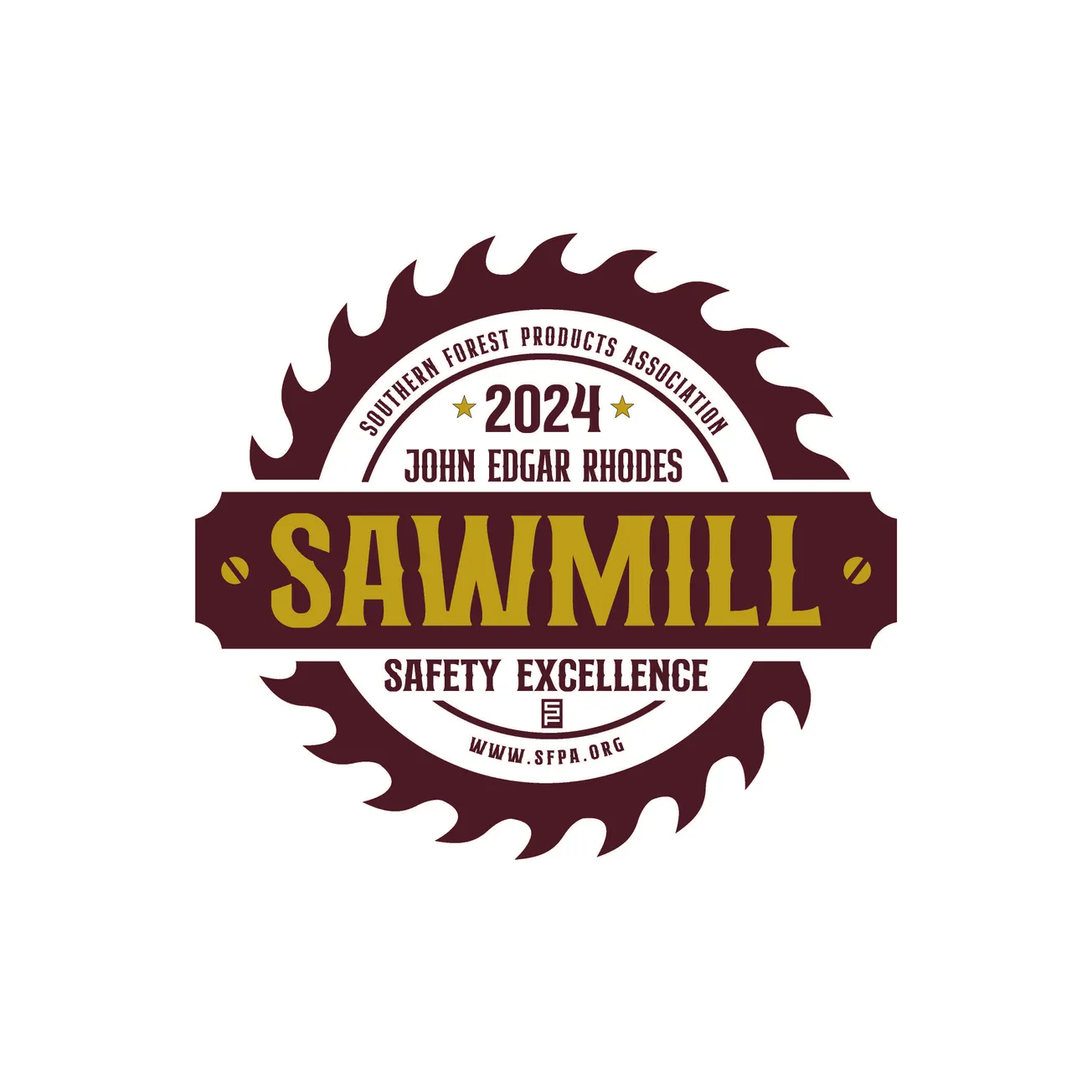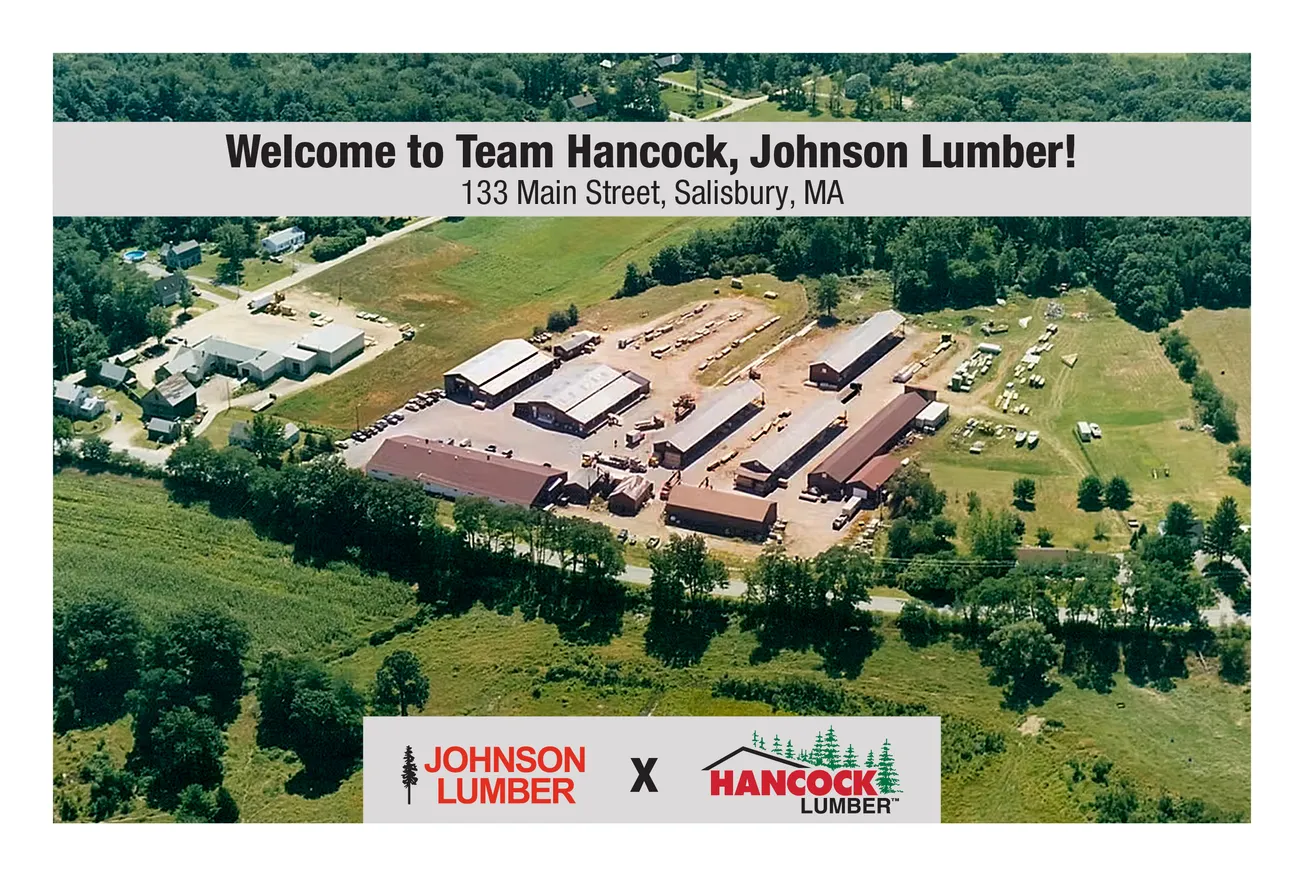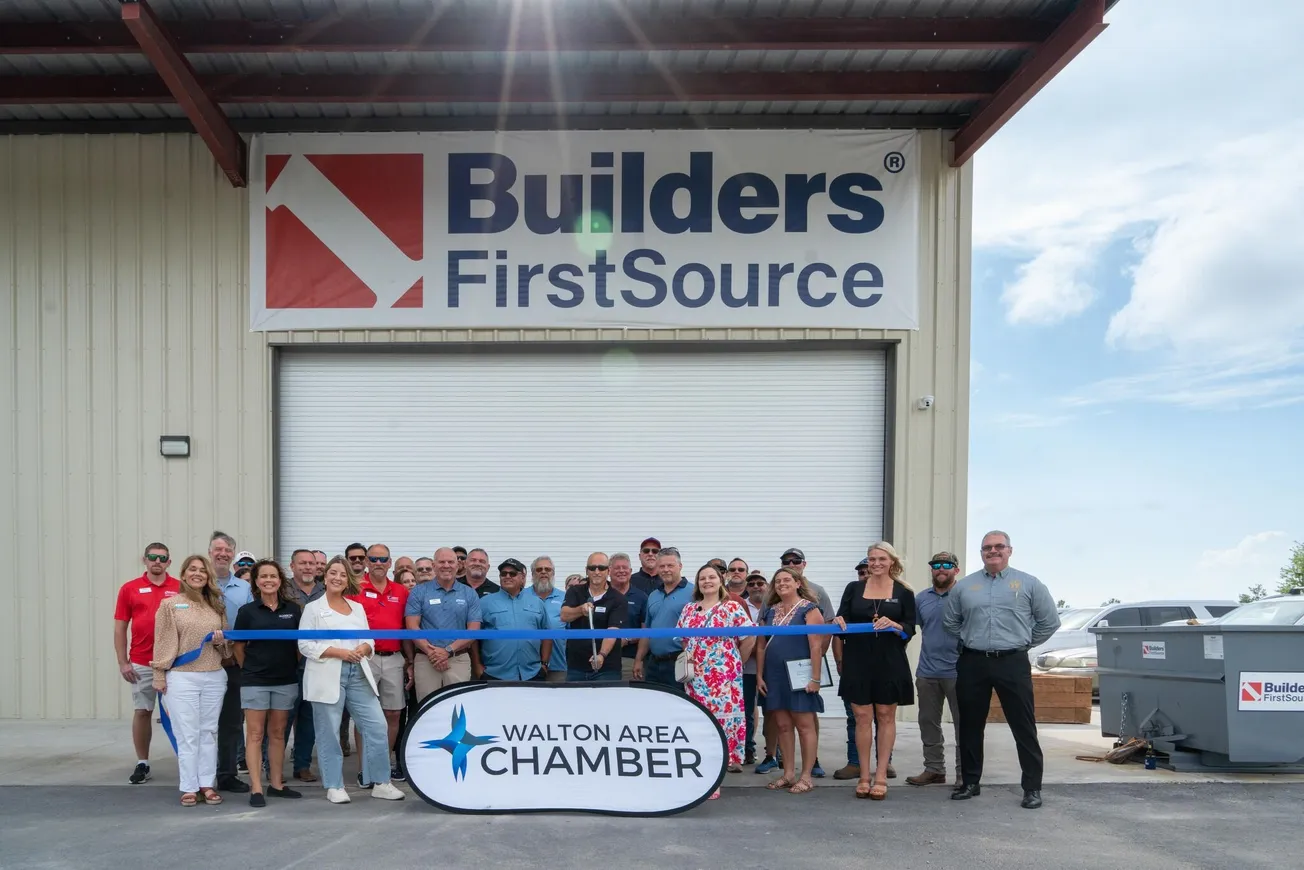Table of Contents
WE NEED TO BE comfortable asking for things. So many sellers are not. Why?

Fear of Being Too Pushy. The number one fear of salespeople is the fear of being too pushy. This leads many to bend over so far backwards not to be pushy that they don’t ask for anything, or they ask in such an oblique way, it is not clear what they are asking for.
Fear of Rejection. We didn’t like “no” at 2, we didn’t like getting rejected at 17, and we continue not to like it as adults.
Parental/Societal Training. Many of us are taught not to ask for things all the time. We came from humble beginnings. We didn’t have a lot of money for extras. That didn’t stop me and my siblings from wanting those extras. “Gimme, Gimme, Gimme, that’s all you say, quit asking me for things all the time!” said my harried mother. This training is difficult to shake.
Get Comfortable with Asking
Sales is a transfer of emotion. Sellers that struggle transfer their uneasiness with the sales process to their potential customers and wonder why it seems like everyone they contact is in a hurry to end the meeting or the phone call.
Master Sellers, on the other hand, are comfortable. They know they bring value and transfer this comfortableness to their customers. “Talk to them like a brother,” Terry Lane told me in 1983 in our first and only 10-minute sales training before he threw me on the phone.
And when we listen to Master Sellers that’s exactly how they talk to their customers; they talk in a comfortable, easy and normal way that puts the customer at ease.
Asking for the Buyer’s Name
We need to ask specifically for the buyer’s name. Many sellers ask this way: “I was wondering if I could speak to the person who does the lumber buying.”
There are a couple of problems with this. Number one, unless the buyer answers saying, “Hello, this is Susan,” we can’t greet them by name. Number two, often sellers will launch into information gathering and then awkwardly have to ask for the buyer’s name at the end of the call. Number three, when we call back we can’t ask for them by name— essentially starting at ground zero.
Asking About Volume
The biggest mistake in prospecting is the failure to qualify on volume. If we fail to qualify customers on the volume they use, we will wake up six months from now with half of our account box being too small. It happened to me as a it happens to many sellers.
When They Dodge Our Questions
One of my sharpest students said, “When they dodge your question put a smile on your face and ask again in a different way.” She is correct. Example:
Us: “Bob, how much of that are you using on a monthly basis?”
Bob: “Oh, we go through a fair amount.”
Us: “Bob, I know you don’t know exactly, but ballpark how much do you use?”
Bob: “Well, it really depends on how many orders we are getting.”
Us: “OK, more or less than five truck loads?”
Bob: “Oh no, we use about 10 trucks a month.”
Asking for the Order
The wrong way:
“I’ve got a truck of 2×4 16’s I can get into you at $650/MBF, whaddya think?”
“I’ve got a truck of 2×4 16’s I can get into you at $650/MBF”… then silence waiting for the customer to buy…
The problem with both of these approaches is they work. They just don’t work as well as asking simply for the order. Master Sellers ask for the order in a relaxed and natural way. Their tone is naively, assumptively positive; it sounds like they know the customer will say yes.
Master Seller: “John, I’ve got three trucks of 2×4 #2 16’s. We are within 10% of a five-year low on 16’s, you love this stock, and the market is moving on 16’s, how many of these can you use?”
Nothing tricky or fancy; just asking like you asking your college roommate to go to a party with you.
We need to be comfortable asking. I don’t often quote the Bible, but I think Matthew 7:7 says it best: “Ask and you shall receive.”









